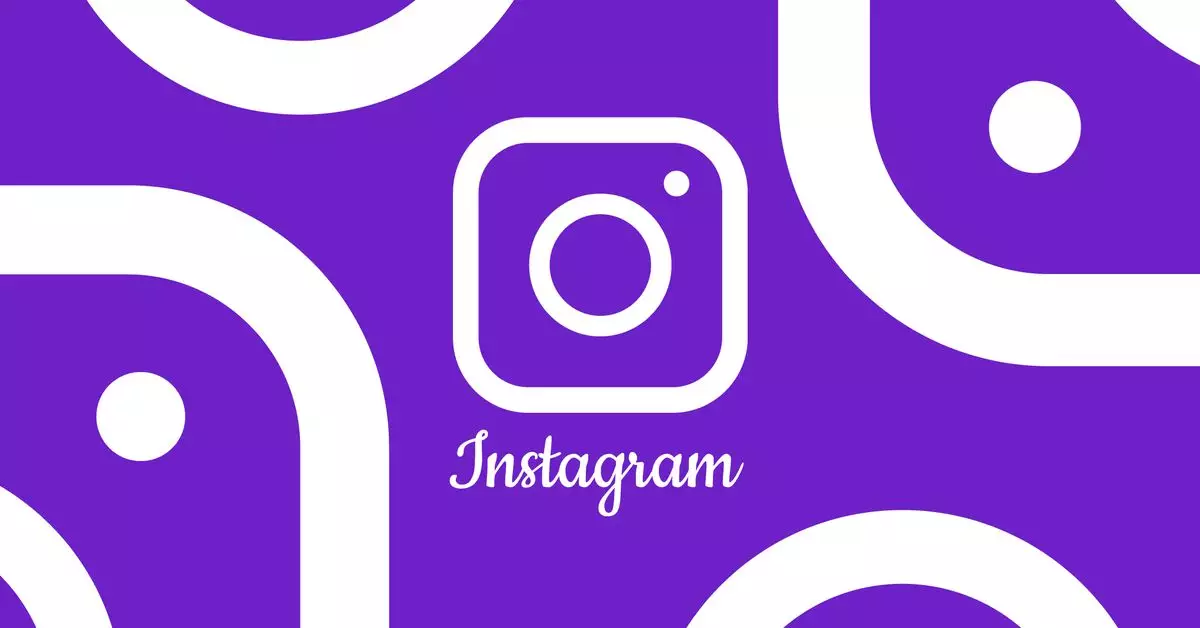In the evolving landscape of social media, Instagram has become a vital platform for creators and consumers alike, particularly when it comes to video content. However, one of the irritating challenges users face is the inconsistency in video quality. Some videos appear vibrant and clear, while others seem pixelated and blurry, leaving users perplexed. The underlying reason for this disparity has been unveiled by Instagram’s head, Adam Mosseri, during a recent video AMA, where he provided insights into the platform’s algorithmic decisions when it comes to video quality based on viewer engagement.
Mosseri explained that Instagram’s video quality fluctuates depending on viewer engagement and retention. Essentially, videos that don’t garner significant attention shortly after being posted—typically measured by initial views—are subjected to reduced quality. As Mosseri noted, if a video fails to maintain consistent viewership over time, the platform opts to present a lower-quality version. Conversely, if a video begins to gain traction through renewed views, the platform reevaluates and may deliver a higher-quality version. This approach aims to ensure that users are primarily exposed to the highest-quality content, which is a commendable objective.
The algorithmic approach highlights a fundamental truth about social media: the importance of initial views. This reality implies that creators must strategically promote their content to capture viewer interest quickly. Newer creators, or those with less established followings, may find themselves at a disadvantage. If their videos do not receive rapid engagement, they may remain trapped in a cycle of reduced visibility and quality.
Further complicating the situation is Instagram’s tendency to favor established creators who command larger audiences. According to Mosseri, the platform allocates more computational resources to videos from popular accounts, meaning their content is more likely to receive that desirable high-quality rendering. This automatically poses a challenge for smaller creators striving for recognition. As Mosseri pointed out, while viewer interaction is influenced by content rather than sheer visual fidelity, the reduced quality of lesser-known creators’ outputs can hinder their chances of capturing new audiences.
While Instagram’s algorithm is designed to improve user experience by prioritizing engaging content, it raises concerns around equity within the creator community. Smaller creators often depend on organic growth and might feel sidelined as their content is unfairly judged based on early performance metrics.
Looking ahead, it is critical for platforms like Instagram to balance their algorithms in a way that allows for fair visibility of all creators, regardless of their current follower count. This involves finding innovative methods to support emerging talent while continuing to enhance the user experience. As the digital landscape advances, the importance of fostering equitable opportunities on social media could become a significant focus for platform providers.
While Instagram’s method of allocating video quality based on view counts is rooted in a desire to showcase the best content, it stresses the need for a more nuanced approach that considers the unique challenges faced by smaller creators. With increased awareness and dialogue, perhaps a more equitable system can emerge, benefiting all members of the creative community.

